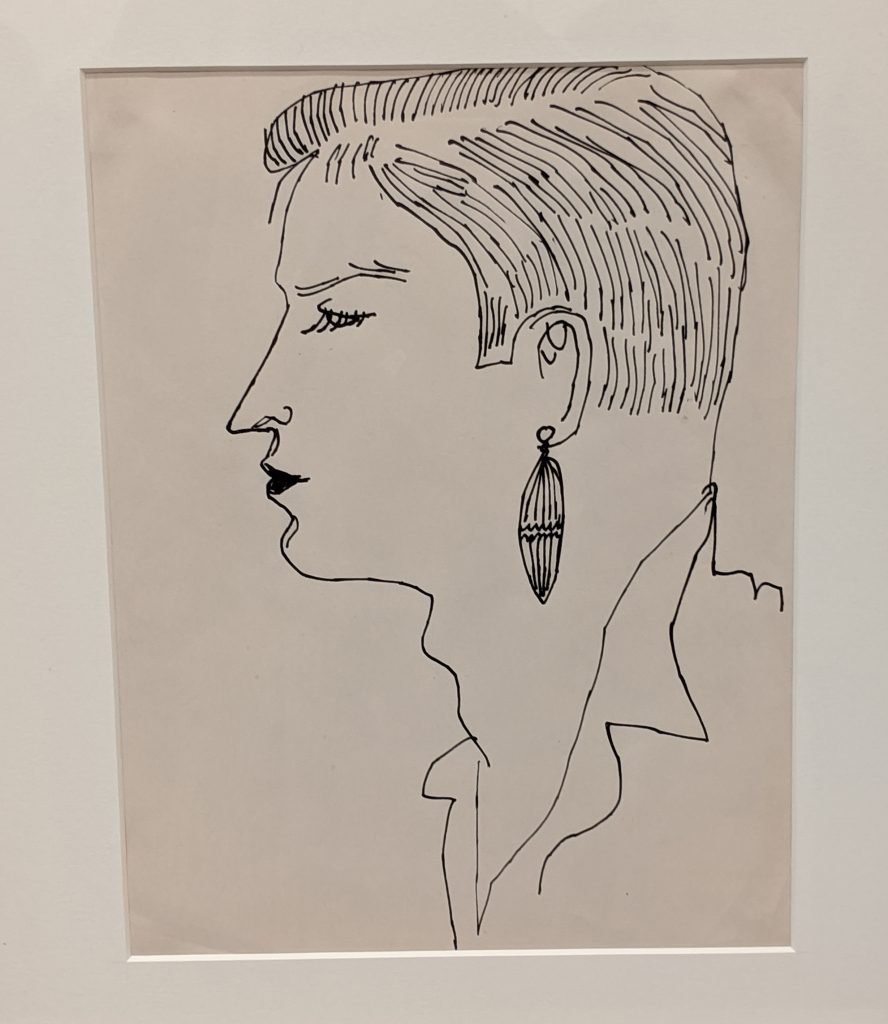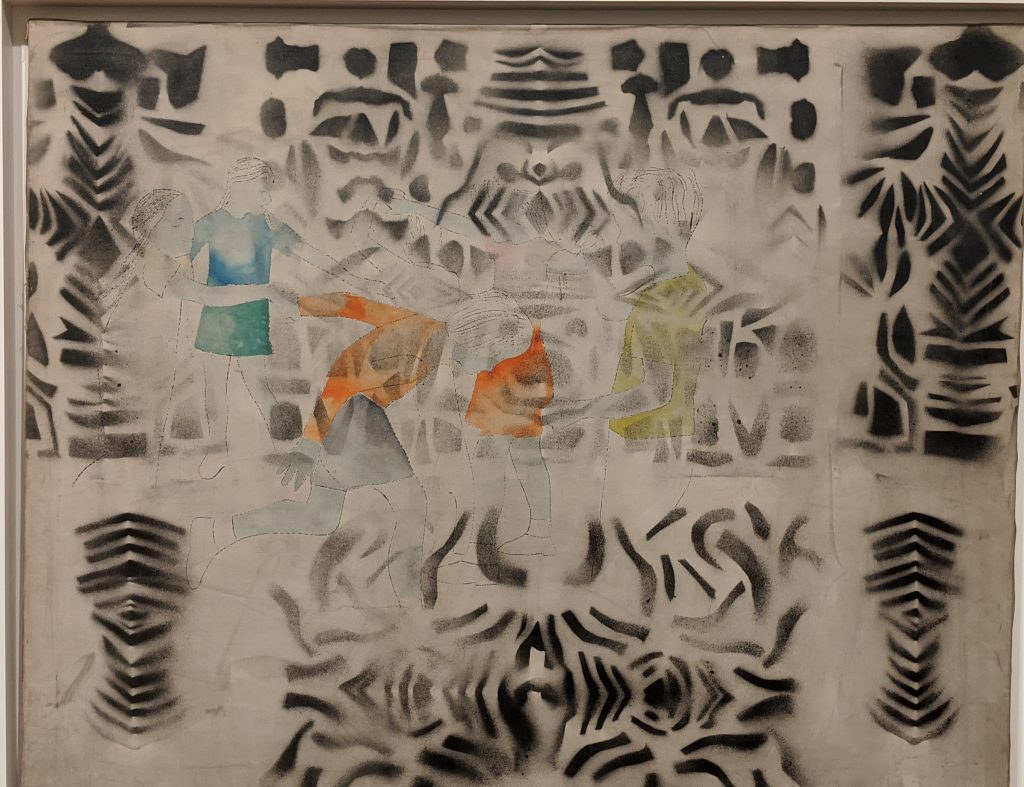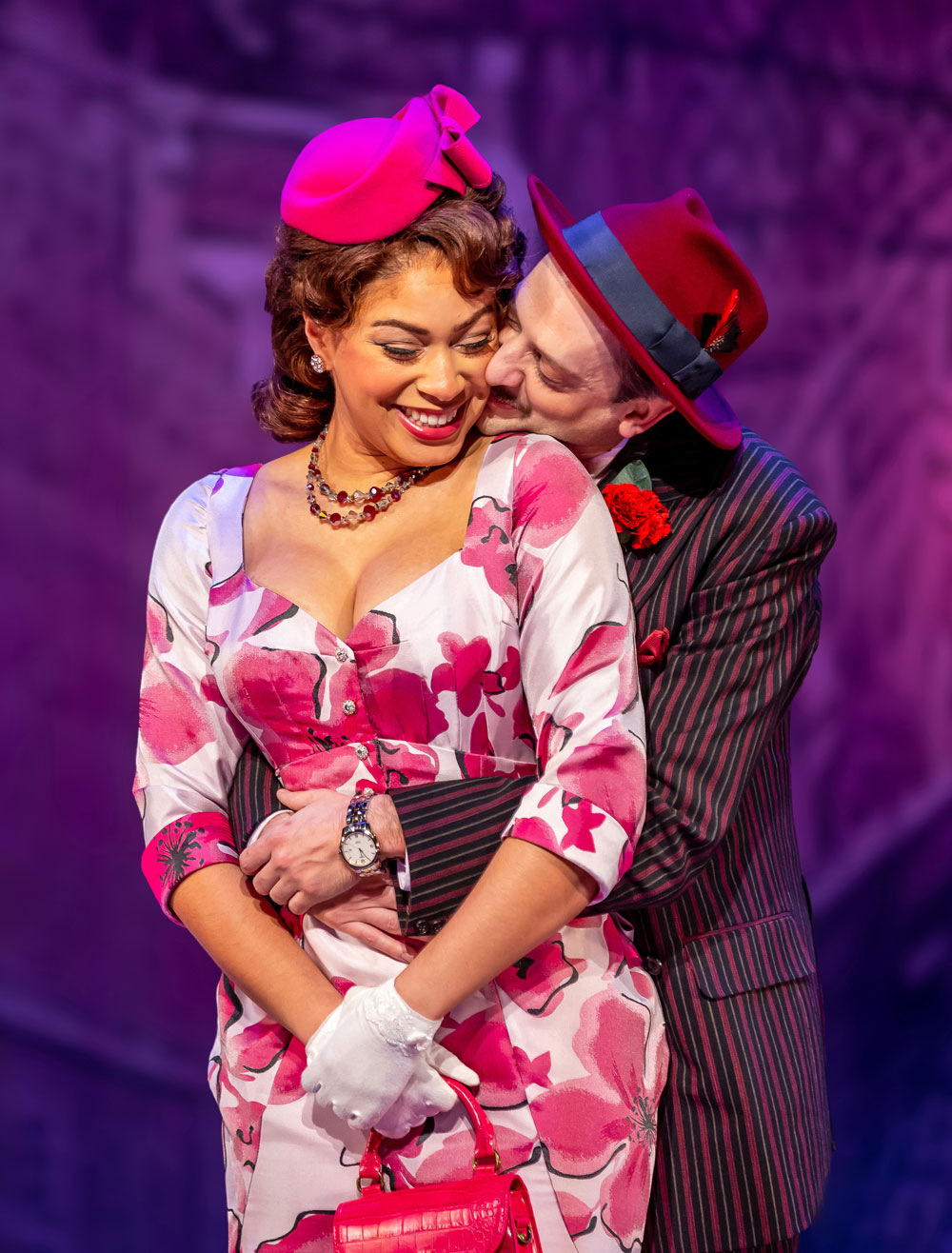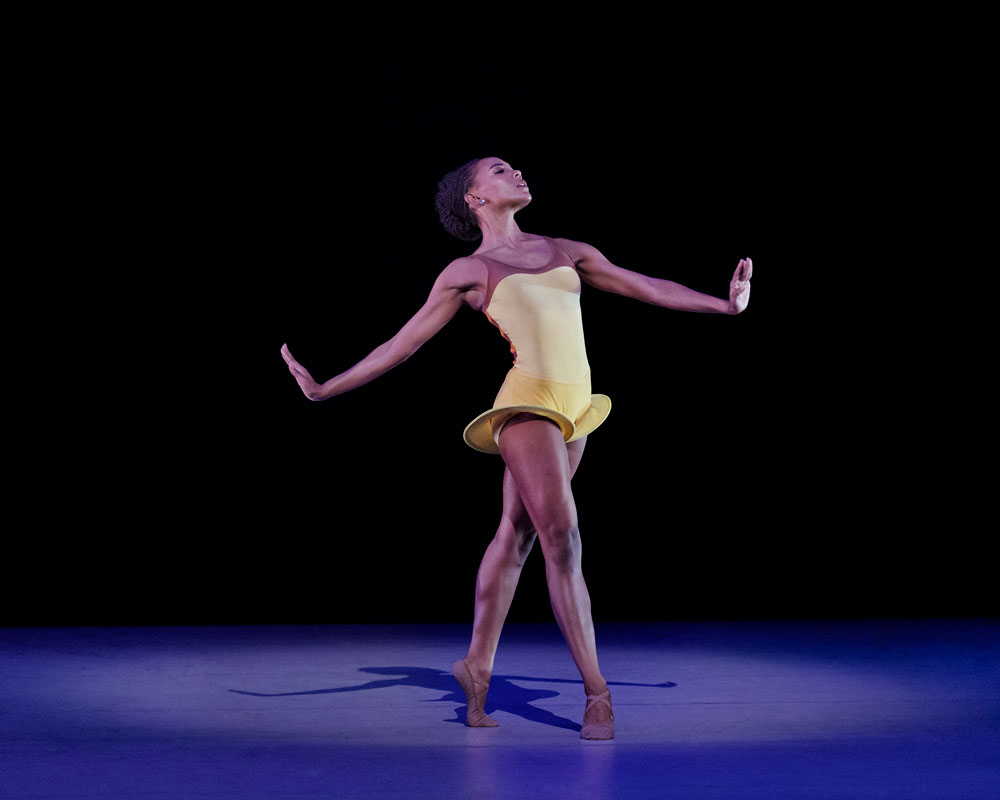Looking back at someone’s lifetime achievements does much more than chronicle their mastery of craft. If done with the hope of exposing a glimpse of the person as a human being as well as an artist, a retrospective can disclose how talent, savvy and knowledge of self can propel a person into lasting fame. Andy Warhol – From A to B and Back Again, which began its existence at the Whitney Museum in New York last year and will be wrapping up its stay at the Art Institute here in Chicago on the 26th of this month, does this sublimely.
As recognizable as his name is to much of the globe, most of us have only a thin understanding of Warhol’s contributions to how we see art and American culture. The sprawling exhibit filling the Art Institute’s rear galleries comprise 350 pieces. Some precede his migration from Pittsburg to New York in the late 1940’s and continue through to the late 80’s just prior his death; revealing a range of artistic expression that’s as dazzling as it is broad.
By breaking up the exhibition into fixed time frames, a picture unfolds of who Warhol was before he became “Warhol” and who he was as person behind the fame. The youngest son of Slovakian immigrants who settled in Pennsylvania’s Steel City during the Depression, he retained two hallmarks of the immigrant experience: a strong work ethic and a lasting religiosity. The first helped generate a bounty of art. The second remained a thing of personal privacy. Considered precocious, quiet and different as a child, his mother may have recognized an early interest in drawing; causing her to give him paper and paint during a long childhood illness. The current retrospective could be viewed as a celebration of the extraordinary trail of glory he blazed from his introduction to those gifts.
Some seem bemused by Warhol’s rise from humble beginnings; as if in the 50’s, when he packed up at twenty and took his talent and aspirations to Gotham, the American Dream never existed. Madison Avenue found out almost immediately what a “skilled an inventive” illustrator he was as he applied his unique artistic eye and capabilities to help it sale everything from shoes to record albums to books. Using line, color and shape; he masterfully stimulated desire for product and skillfully seduced the mind with curiosity; accumulating considerable commercial success and industry regard in the process.

There was a private side to his art as well. And the exhibition not only acknowledges it, it treats works that disclose his sexuality with respect. As members of a community of people who built their livelihoods in fields where creative interests and commerce intersected, gay men who worked in fashion, photography and in the theater constructed their own private social worlds. Warhol’s drawings of those comfortable and welcoming universes could be playfully candid; showing men vamping in dangling earrings or similarly glamorous accessories. Other drawings might edge toward the vaguely erotic or suggestive. Many believe much of Warhol’s imagery intended for the public consumption often also carried a subtle coded language that could be considered queer.
It was when he moved from commercial art to high art that the Warhol we know emerged and gained celebrity level notoriety. An admirer of influential French artist, Marcel Duchamp, who was just one generation ahead of him; Warhol may have absorbed Duchamp’s earth shifting notions of what defines art. Much like Warhol appropriated soup cans and Brillo boxes to extend artistic boundaries, Duchamp also used “everyday objects of ordinary use” to expand and redefine the limits of what constitutes fine art. Add to that Warhol’s influence in embedding the cult of celebrity into the American consciousness, his impact on how we look at the world remains immeasurable.
Nowhere is this more evident than in the way he revolutionized portraiture; turning it into colorful dramatic high art that bordered on theater. For almost twenty years, from the late 60s to 1987, commissions flooded in for portraits of artists, royalty, sports stars, movie stars, the politically lofty and from peers who enjoyed the same fame that filled his life. His income from this arm of his enterprises allowed him to finance other interests involving film, music and television. Generous representations of each are also included in the exhibition.
Some commissions are less well known but still intriguing and indicative of Warhol’s expansive appeal. In 1974, one came from Luciano Anselmino, an Italian art dealer who asked Warhol to complete a series of portraits of Black and Latin trans women and drag queens. A few of those portraits are included in the retrospective. One is particularly striking. For its Warhol exhibit opening in March, London’s Tate Museum will feature twenty-five of the portraits. In another arena, acclaimed architect Phillip Johnson commissioned Warhol to paint a series of sunsets for a landmark Minneapolis hotel project. Featuring hundreds of color variations, the paintings manage to be simple and quiet while their colors give them energy, intensity and power. They’re unexpected. As is Dancing Children, a work completed between 1954 and 1957 that places a ring of ethereal ghost children dancing in the middle of a tribal context. Mysterious, beautiful and strangely bold, it reveals yet another facet of Warhol’s artistic reach.

The last large scale Warhol retrospective was presented a few years after his death thirty years ago. In case it’s another thirty years before the next opportunity for an immersive Warhol experience, catching Andy Warhol – From A to B and Back Again before it leaves the Art Institute on the 26th would prove highly rewarding.
Andy Warhol – From A to B and Back Again
The Art Institute of Chicago
Through January 26, 2020
111 S. Michigan Avenue
Chicago, IL 60603
312-443-3600
www.artic.edu


